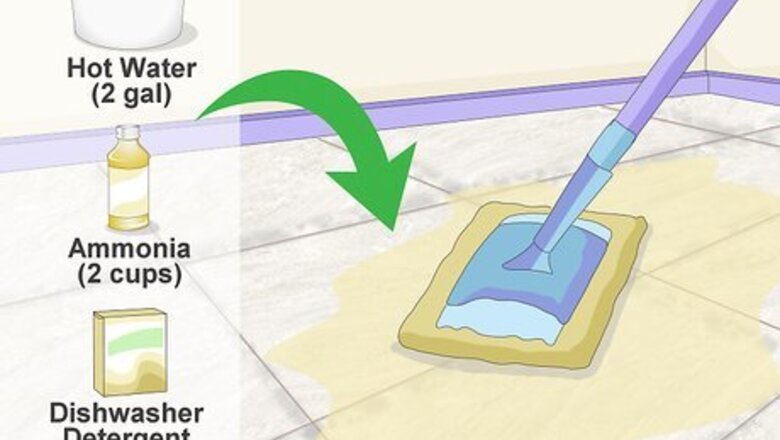
views
Removing Buildup From Vinyl and Tile Floors
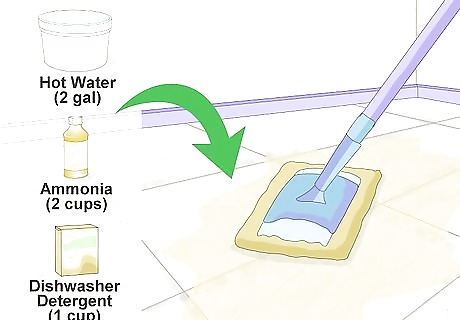
Strip old wax from vinyl with dishwasher detergent and ammonia. Use a sponge mop to saturate your floor with a solution of 2 gallons (7.57 L) of hot water, 1 cup (240 mL) of non-bleaching powder dishwasher detergent and 2 cups (480 mL) of ammonia. Allow the solution to sit on the floor for a couple of minutes. Scrub gently using the scrubber edge of the mop or a scrub brush, then mop up any extra liquid. Go over the floor again with clear hot water, using your scrubber to remove any remaining wax. You may need to scrub corners and around baseboards by hand. Dry the floor with old towels or rags.
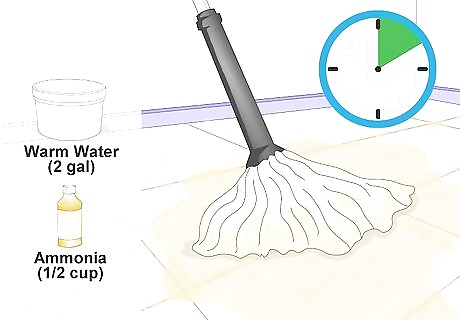
Mop with a solution of water and ammonia. Combine ½ cup (120 mL) of ammonia with 2 gallons (7.57 L) of warm water. Use this solution to mop your vinyl or tile floor. Let it sit on the floor for at least ten minutes to eat through the wax buildup. Dry the floor with old towels. Repeat the process if needed to completely remove the wax. Use hot water to clean epoxy floors. Mix ½ cup (120 mL) of ammonia with 2 gallons (7.57 L) of hot water and mop with a hard foam mop.
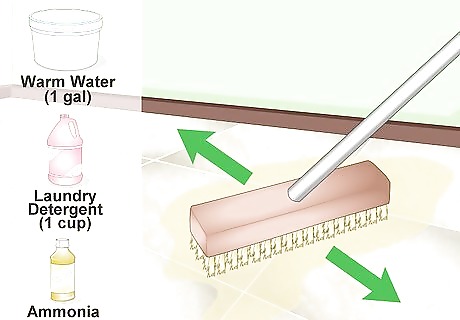
Use ammonia, warm water, and laundry detergent on tile floors. Mop your tile floor with a solution of ¾ cup (180 mL) of ammonia and 1 cup (240 mL) of laundry detergent and 1 gallon (3.785 L) of warm water. Allow the solution to sit on the floor for about ten minutes. Scrub the floor with a scrubbing sponge or stiff scrub brush. Rinse the solution from the floor with clean water. Dry with old towels or rags before applying new wax. Try the same stripping method on your tile floors with a solution of 1 cup (240 mL) of white vinegar, 1 cup (240 mL) of ammonia, and 1 gallon (3.785 L) of warm water.
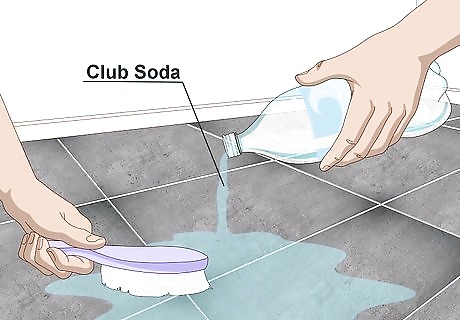
Scrub vinyl floors with club soda. Pour club soda directly on a section of your floor. Scrub with a stiff scrub brush or scrubbing sponge. Let it soak into the floor for a few minutes, then wipe the floor dry.
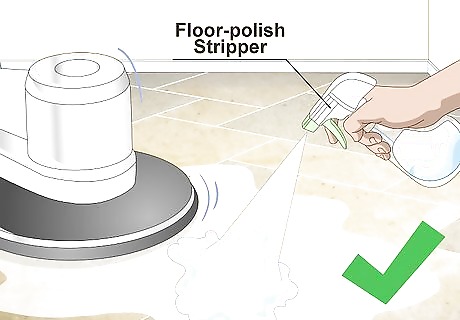
Strip wax from stone tiles with a chemical floor-polish stripper. Buy a polish-stripper that is made for the type of stone you have. Apply a liberal amount of the polish-stripper to a section of the floor. Let it set for about 10 minutes, then scrub it vigorously with a wire brush. Wipe up the stripper with rags and mop the section of floor with clean water to remove any stripping product. Repeat this process until you have scrubbed and mopped the entire floor. You can scrub the polish with a floor buffer that has a stripping pad. Try wiping up the stripper with a wet/dry vacuum that has a squeegee attachment.
Stripping Wax from Linoleum
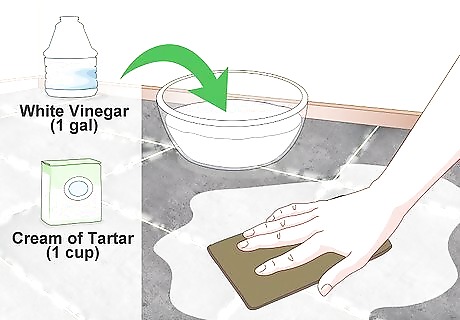
Scrub with a solution of cream of tartar and vinegar. Mix 1 cup (240 mL) cream of tartar into 1 gallon (3.785 L) of white vinegar, stirring until the tartar dissolves. Saturate the floor with the solution and let it sit for about 5 minutes. Hand scrub a section of the floor in a circular motion using a nylon scrubbing pad. Wipe with a damp cloth or sponge, then move onto the next section of floor. Repeat this process in any areas that still have wax buildup.
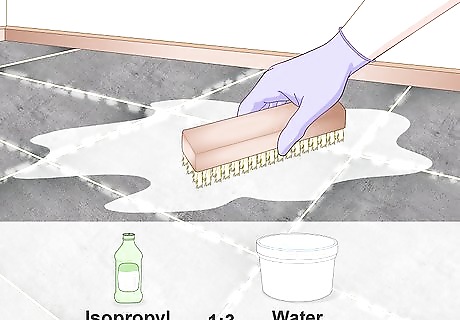
Try an isopropyl alcohol solution. Mix 3 parts water to 1 part isopropyl alcohol. Before scrubbing the wax with this solution, put on rubber gloves and open your windows to ventilate the room. Scrub the floor using the water and alcohol solution and a stiff scrubbing brush or nylon scrubbing sponge.
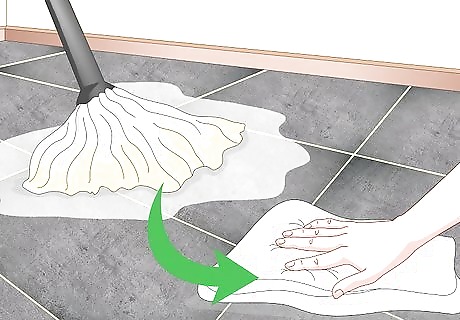
Rinse and dry the floor. Mop your floor with clear, warm water after you’ve scrubbed it with the cream of tartar and vinegar or the isopropyl alcohol solution. Dry the floor thoroughly with old towels or rags. Once the floor is dry, you can apply fresh wax.
Removing Wax from Wood Floors
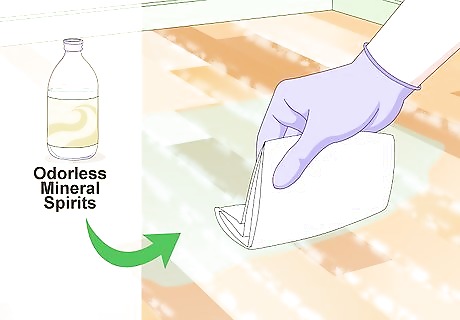
Scrub the floor with odorless mineral spirits. Rub the mineral spirits into the wood. You can also use fast-drying naphtha. Scrub away the old wax using old rags or fine steel wool.
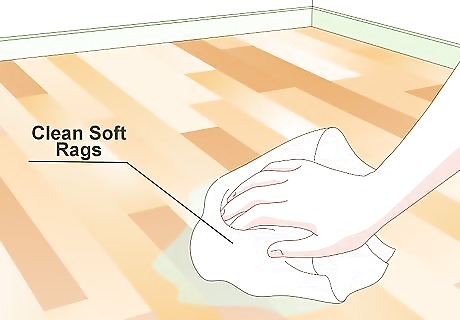
Wipe and dry the floors. After you scrub away the wax, wipe up the old wax, mineral spirits or naphtha with clean, soft rags. Rub it dry with old towels or rags. Prevent damage to the wood by making sure the floor is completely dry. Finish up by applying fresh wax and buffing the floor.
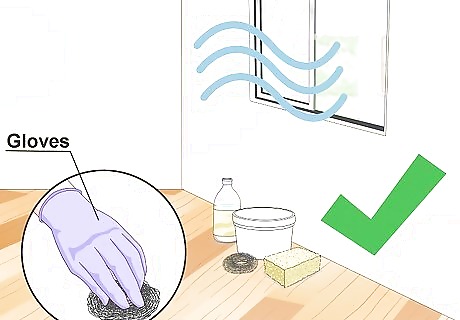
Use safety precautions. Ventilate the room well as you scrub the floor and as it dries. Wear rubber gloves as you scrub and to dispose of your old rags and steel wool. If using naphtha, protect your eyes with goggles. Soak the rags you use in water and store them in an airtight container before you dispose of them at a hazardous waste disposal facility.












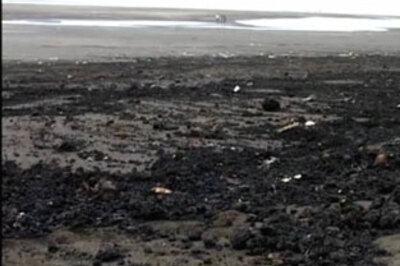






Comments
0 comment